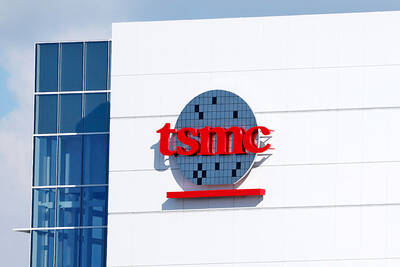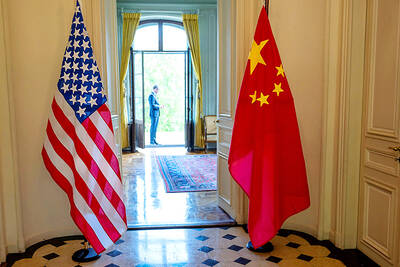Motorola Inc will split into two companies effective on Jan. 4, finalizing the breakup of one of the founders of the US electronics industry.
Motorola is splitting its consumer-oriented side, which makes cell phones and cable set-top boxes, from the side that sells police radios and barcode scanners to government and corporate customers.
Shareholders of record on Dec. 21 will receive shares in both the consumer business, Motorola -Mobility, and the professional business, Motorola Solutions.
The breakup is motivated by the desire to present two simple stories to investors, rather than one complicated one.
Motorola set the breakup plan in motion in 2008 after prodding from activist investor Carl Icahn. The goal was to complete the separation by last year, but the economic downturn and the continuing collapse of Motorola’s phone sales prompted it to postpone the plan.
Motorola announced the new date on Tuesday.
One big piece of Motorola won’t make it to separation: The company is selling a division that makes network equipment for cell phone companies to Nokia Siemens Networks, a Finnish-German joint venture. The deal is expected to close before the end of the year.
Once the second-largest phone maker in the world, Motorola is now the seventh-largest and sells fewer phones than either Apple Inc or Research In Motion Ltd, the maker of the BlackBerry. However, cost-cutting and a focus on smart phones such as the Droid X allowed it to post an operating profit for the July-to-September quarter. It was the first profitable quarter for the division in three years.
On Jan. 4, shareholders will receive one share of Motorola Mobility for every eight shares of Motorola Inc. Motorola Inc shares will then go through a 1-for-7 reverse stock split, as the company renames itself Motorola Solutions. Both stocks will trade on the New York Stock Exchange.

Real estate agent and property developer JSL Construction & Development Co (愛山林) led the average compensation rankings among companies listed on the Taiwan Stock Exchange (TWSE) last year, while contract chipmaker Taiwan Semiconductor Manufacturing Co (TSMC, 台積電) finished 14th. JSL Construction paid its employees total average compensation of NT$4.78 million (US$159,701), down 13.5 percent from a year earlier, but still ahead of the most profitable listed tech giants, including TSMC, TWSE data showed. Last year, the average compensation (which includes salary, overtime, bonuses and allowances) paid by TSMC rose 21.6 percent to reach about NT$3.33 million, lifting its ranking by 10 notches

Popular vape brands such as Geek Bar might get more expensive in the US — if you can find them at all. Shipments of vapes from China to the US ground to a near halt last month from a year ago, official data showed, hit by US President Donald Trump’s tariffs and a crackdown on unauthorized e-cigarettes in the world’s biggest market for smoking alternatives. That includes Geek Bar, a brand of flavored vapes that is not authorized to sell in the US, but which had been widely available due to porous import controls. One retailer, who asked not to be named, because

SEASONAL WEAKNESS: The combined revenue of the top 10 foundries fell 5.4%, but rush orders and China’s subsidies partially offset slowing demand Taiwan Semiconductor Manufacturing Co (TSMC, 台積電) further solidified its dominance in the global wafer foundry business in the first quarter of this year, remaining far ahead of its closest rival, Samsung Electronics Co, TrendForce Corp (集邦科技) said yesterday. TSMC posted US$25.52 billion in sales in the January-to-March period, down 5 percent from the previous quarter, but its market share rose from 67.1 percent the previous quarter to 67.6 percent, TrendForce said in a report. While smartphone-related wafer shipments declined in the first quarter due to seasonal factors, solid demand for artificial intelligence (AI) and high-performance computing (HPC) devices and urgent TV-related orders

MINERAL DIPLOMACY: The Chinese commerce ministry said it approved applications for the export of rare earths in a move that could help ease US-China trade tensions Chinese Vice Premier He Lifeng (何立峰) is today to meet a US delegation for talks in the UK, Beijing announced on Saturday amid a fragile truce in the trade dispute between the two powers. He is to visit the UK from yesterday to Friday at the invitation of the British government, the Chinese Ministry of Foreign Affairs said in a statement. He and US representatives are to cochair the first meeting of the US-China economic and trade consultation mechanism, it said. US President Donald Trump on Friday announced that a new round of trade talks with China would start in London beginning today,